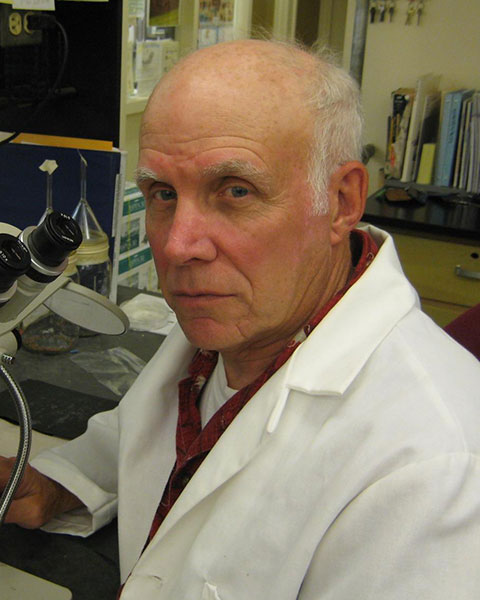MUVE
Section Symposium
Advances in German Cockroach Biology and Management
7: Controlling German cockroaches by chemical methods
On-Demand

Michael K. Rust
University Of California Riverside Reitred Entiomology Profe
Riverside, California
Presenting Author(s)
The control of German cockroaches has historically relied upon the use of chemicals. The categories of insecticides used, formulations, their patterns of use, and public perception of chemical treatments have evolved over time. Historically, several factors affect how we approach cockroach pest management in the 21st Century. The registration of cockroach baits containing hydramethlynon revolutionized pest management in the late 1990’s and led to the development of baits containing numerous novel active ingredients and new strategies for control. Regulations and restrictions in 2002 in the United States greatly restricted the use of organophosphates in urban settings. The rapid development of physiological and behavioral resistance has impacted the chemicals available in the tool box. Growing concerns about the accumulation of pesticides indoors and asthma have focused our attempts to utilize IPM and low pesticide impact programs. About 18 different classes of insecticides such as neonicotinoids, phenyl pryrazzole and oxadiazine have been evaluated against German cockroaches. Sprays incorporating pyrethroids emulsified concentrate (EC) and wettable powder (WP) formulations have given way to suspend concentrates (SC) and microencapsulation (CS). Botanicals such as essential oils are being incorporated into homeowner and residential use. The use of chemicals will continue to be an important element in controlling German cockroaches.

